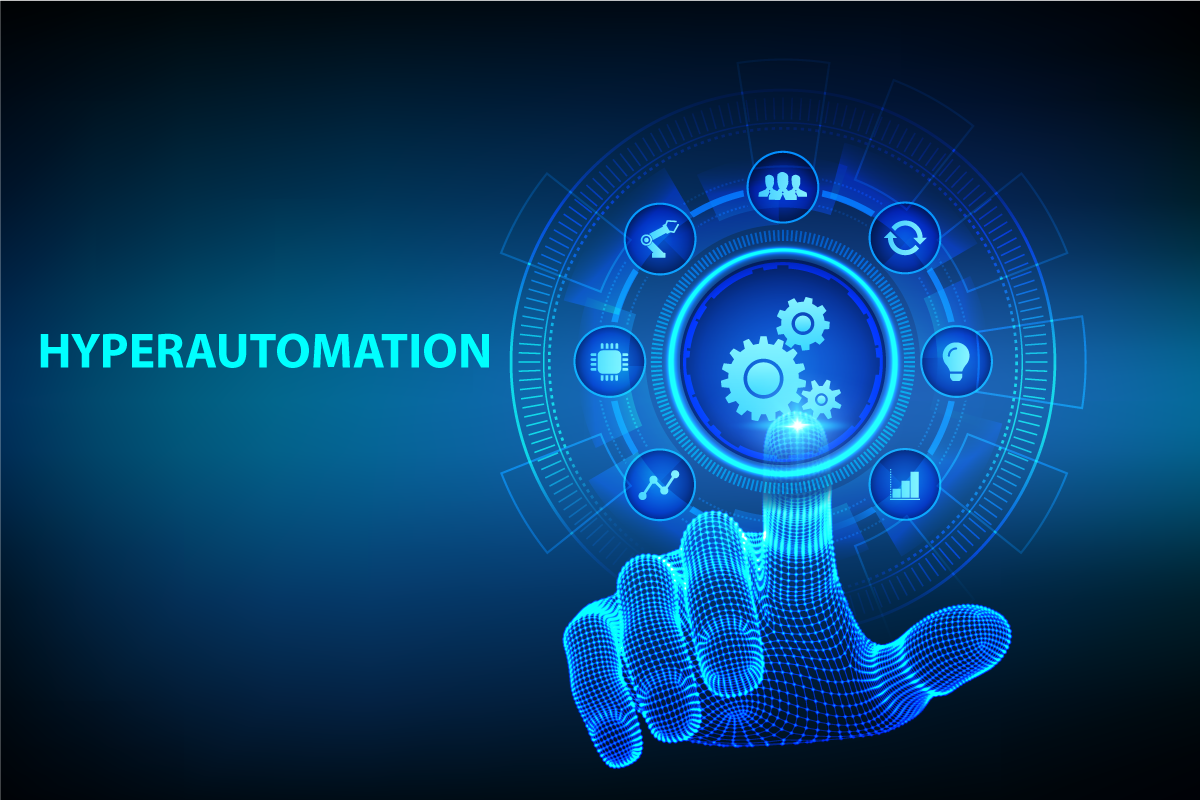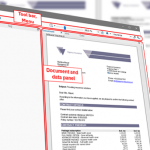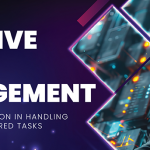How to Capitalize on Hyperautomation in 2021

Hyperautomation is one of the top trends in 2021. According to surveys, companies have more than 4 parallel hyperautomation initiatives aimed to address a lack of digitized content, lack of digital value chain or poor adaptivity.
There are tons of processes that are still paper-based or might involve unstructured data or human interactions that need to be digitized. ‘Work from home’ has accelerated drive towards end-to-end automation, automating these high-touch processes to mitigate disruption risks while business is working remotely. Another driver of hyperautomation is the demand for operational excellence, resulting in a huge pent-up demand for speed, lower cycle times, efficacy, lower error risk and scale across processes.
The hope of many that RPA is going to be a silver bullet to all things hyperautomation led rather to disillusionment. RPA is limited in scope. It can be leveragedto unlock some quick benefits, but more often than not, if you are trying to get broader benefits, you need a well-defined hyperautomation strategy for an end-to-end process automation. And that is something that might not be a sweet spot of RPA.
Start talking to one of our experts or request a solutions demo today.
Hyperautomation is in fact not a technology at all. It is an approach that involves orchestrated use of multiple technologies, tools or platforms, like AI, ML, BPM/iBPMS, low code/no code, integration platforms, event-driven software architecture, RPA , etc. and connects the dots between all components of the Digital Business Platform, which enables your Digital Business.
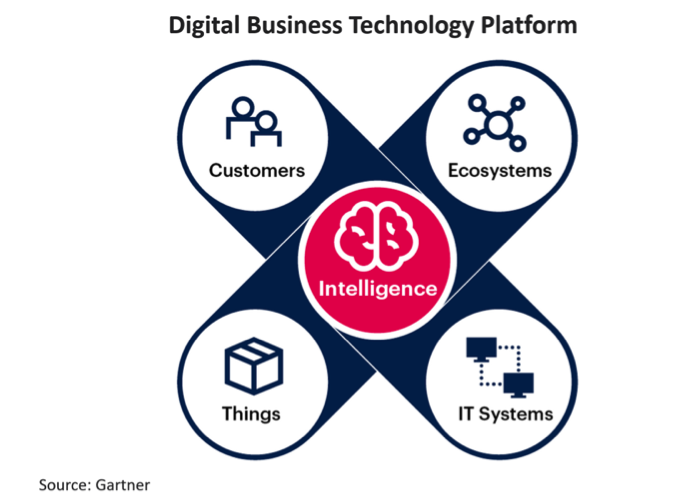
The digital business platform is primarily focused on your customers, so it’s a good idea to start there: What is important for your customers? How can you better engage? Which digital channels should you offer? Do you have Omni-channel and a self-service? How can you better engage with your customers? Next, there is integration with partner ecosystems and 3rdparty apps, as well as with your IT and business applications, CRMs, ERPs, and legacy, as well as Internet of Things – which means lots of integration. And at the core of the platform it’s all about the intelligence, driving your digital platform – AI and Machine Learning insights, data and document intelligence, process intelligence, intelligent document processing, and so forth.
Hyperautomation brings all these together, helping you achieve your efficiency, efficacy or agility goals. Your company might be primarily focused on efficiency, which translates into productivity and cost reduction through standardization of business processes, reduction of manual work, performing work faster. Or it is more interested in efficacy that can be achieved through higher quality of business processes and customer-facing capabilities. Goals such as quality and speed of decision making, growth and innovation are at the higher end of the spectrum, leading to business agility.
There are different efforts and skills sets needed along the hyperautomation journey, but in the end, when it comes to Digital Business there are 3 things that matter – Customer experience (CX), Knowledge Work, and Operations.
You can use these 3 key business drivers when building the hyperautomation strategy.
Depending on your goals and key use cases, these 3 layers can help you define building blocks and prioritize use cases. There may be some low hanging fruits, but there are also some more important implementations that you might want to do first to get the greater value.
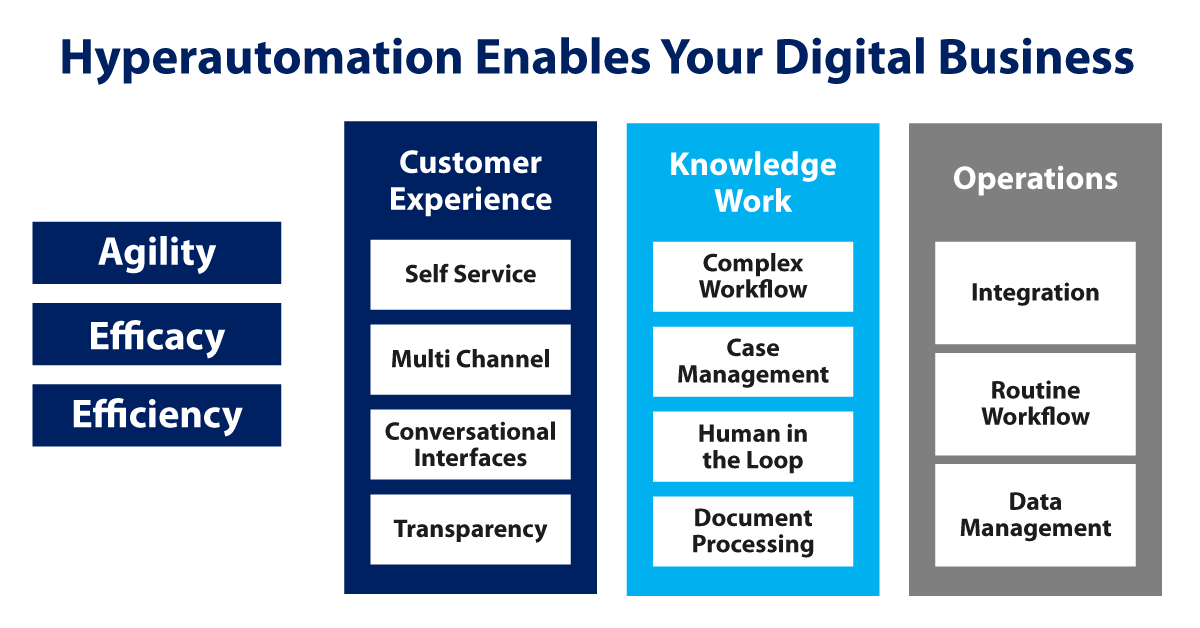
A close look into each of the layers will reveal the insights that you can use to build the framework for your hyperautomation strategy:
–What drives your CX?How do you engage with your customers? Do you need to offer more channels? Are they connected into an Omni-channel experience? Do you need to provide self-service? Maybe you want more automated interactions such as bots, and so on. And do you offer your customers the much needed transparency?
–What empowers your Knowledge Work?This is where you see complex workflows and an end-to-end demand for case management and digital collaboration. And then of course the Intelligent Document Processingthat can ingest unstructured and non-standard data, and uses AI-ML to ad-hoc classify customer requests, emails and forms where data can be all over the place. Typical examples would be different types of customer requests, invoice automation, Contract Lifecycle Management, and so forth. This is where AI can help, so you can simply train the machine to extract the data for your bots and workflows to perform the work.
–How do you run your operations?Here there is a high demand for integration, managing data, and automating routine and repetitive workflow.
So, what is most important to you? CX? Knowledge Work? Operations?
We’d like to know what you are thinking.

Senior Manager Brand Marketing
Vienna, Austria

